USA
June 19, 2023
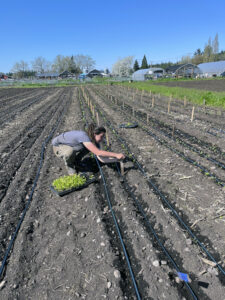
Organic Seed Alliance's Kayla Irelan plants an extensive spinach trial as part of the Systems Approach to Maximize Organic Spinach Productivity project.
Access to a consistent seed supply of varieties adapted to organic and low-input production is important for success of organic and ecological farmers and gardeners. Plant breeders however are often so focused on production qualities of a variety such as flavor, beauty, or disease resistance, that they overlook the variety’s potential for quality and quantity of the seed produced. In the case of crops where the seed production cycle is highly environmentally influenced, like day-length sensitivity in spinach, the ability to grow quality seed is even more critical.
Bolt resistance is a key quality of spinach to ensure optimum growth as a leafy green prior to the plant flowering. For this reason spinach seed is commonly grown at latitudes above 47°N such as NW Washington in the U.S. and Denmark. However, the center of origin of spinach is thought to be Northern Iran, Afghanisan, and Turkminestan, at latitudes of 30°-38°N. This means that historically spinach originated with a different climate and growing cycle than the production environment of much of the U.S. and Europe and it is through ongoing breeding efforts, historically of farmers and gardeners, that has adapted this crop to our northern climates.
This year we’re evaluating 272 spinach accessions from the USDA-ARS Germplasm Resources Information Network (GRIN) seed collection at the OSA research farm in Washington state to assess timing of bolting and seed yield potential. The trial includes standard varieties as “checks” to compare the results with familiar commercial types. Interestingly, many varieties bolted even before planting in early April, the normal spinach seed planting time in Washington, while others are still resisting bolting now in mid-June, close to the summer solstice. The stark differences in timing of flowering and size of plant underscore the impacts of breeding to maximize productivity as a leafy green and the need to grow seed of this crop at the Northern climate to avoid selecting toward pre-mature bolting. Flower type, stem color, and seed shapes also varied widely with some varieties exhibiting a spikey seed formation and even pink stems and pollen.
The information we learn in the trial will inform future spinach breeding efforts as part of the Systems Approach to Maximize Organic Spinach Productivity project supported by an Organic Research and Extension Initiative (OREI) grant, part of the USDA National Institute of Food and Agriculture. This summer, as we harvest, dry, and clean each variety in the trial we will evaluate the seed yield and thousand count weights. This fall we will share project results as well as our knowledge on spinach seed production and seed cleaning techniques through webinar hosted on eOrganic.
This seed production trial information is only one aspect intended to aid in developing improved varieties for organic farmers. Research on the role of soil microbes on nutritional content, nitrogen use efficiency, and abiotic stress such as extreme temperatures is also underway by the project lead researcher Vijay Joshi at Texas A&M, and Ainong Shi and Gehendra Bhattarai at University of Arkansas. Together with the results of the seed production trials this project will help inform organic spinach breeders and farmers, and anyone working with seed from the USDA-ARS Germplasm Resources Information Network (GRIN) seed bank. Project results, resources. and educational opportunities related to the project can be found through the eOrganic project website.
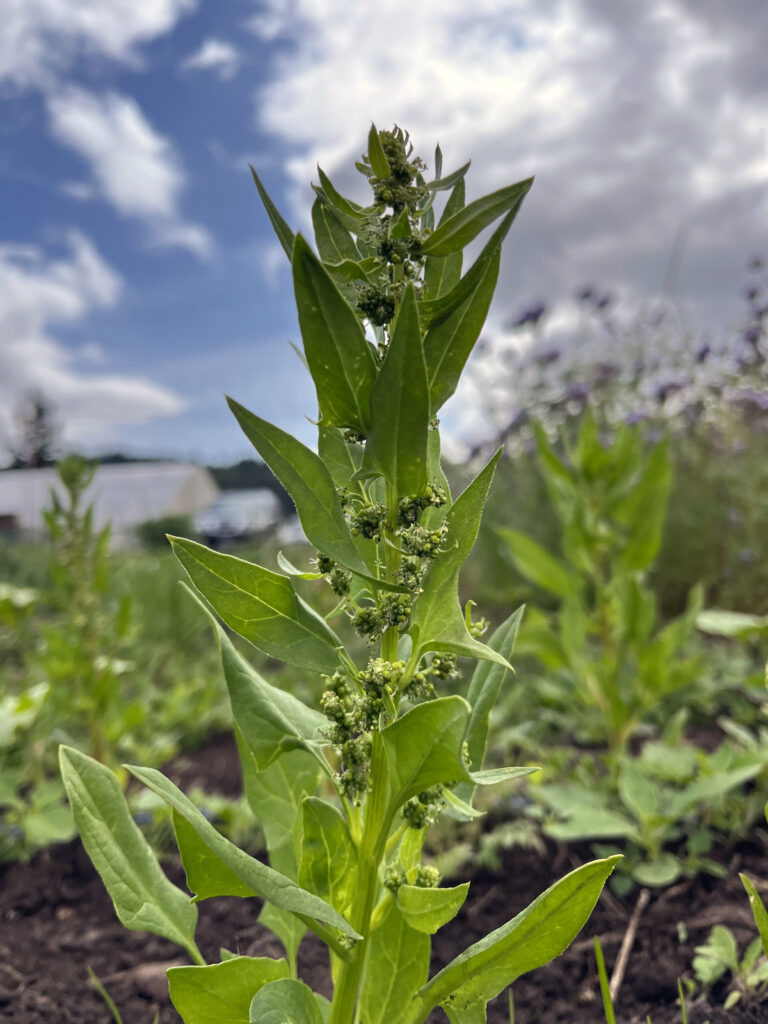
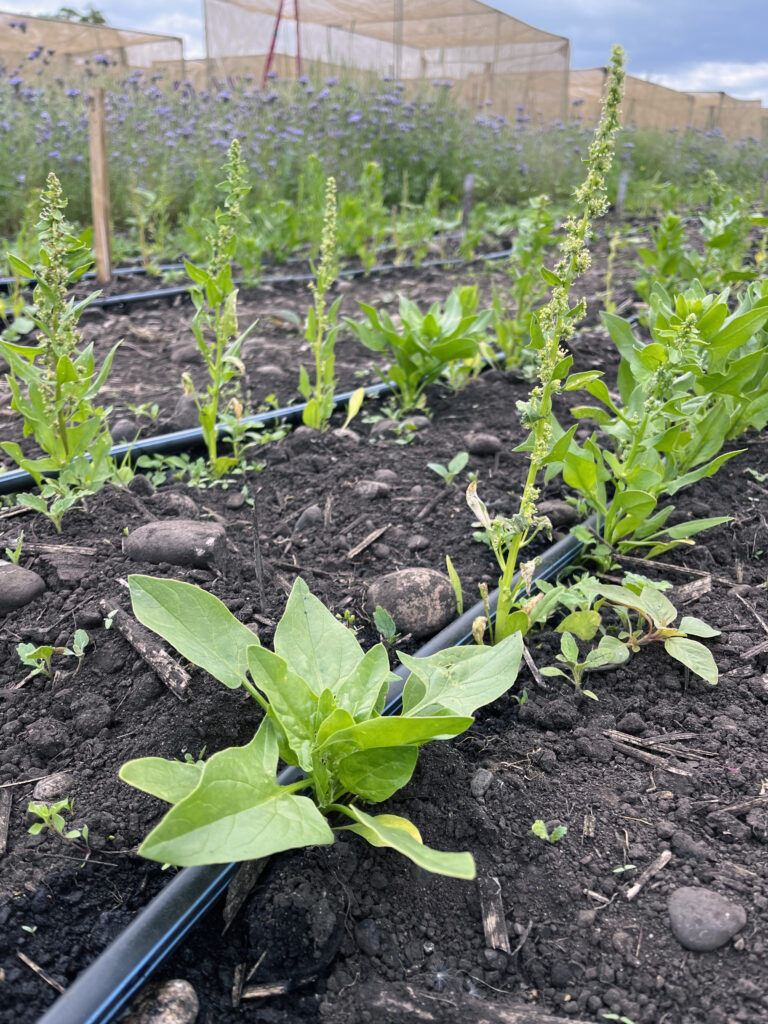
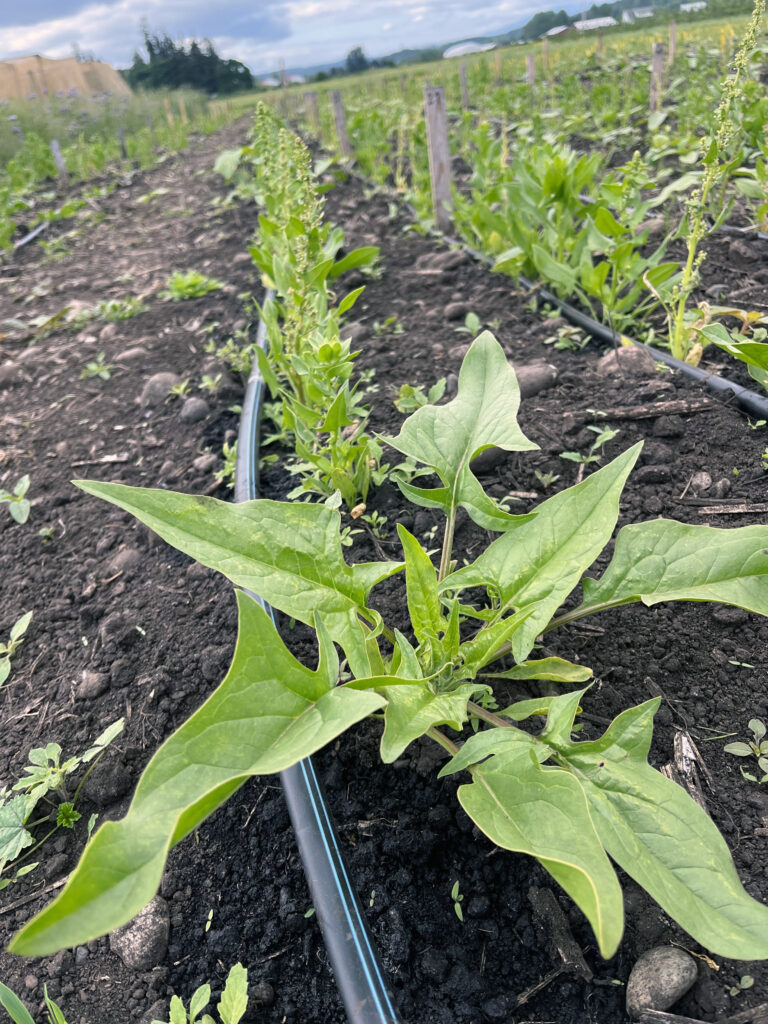
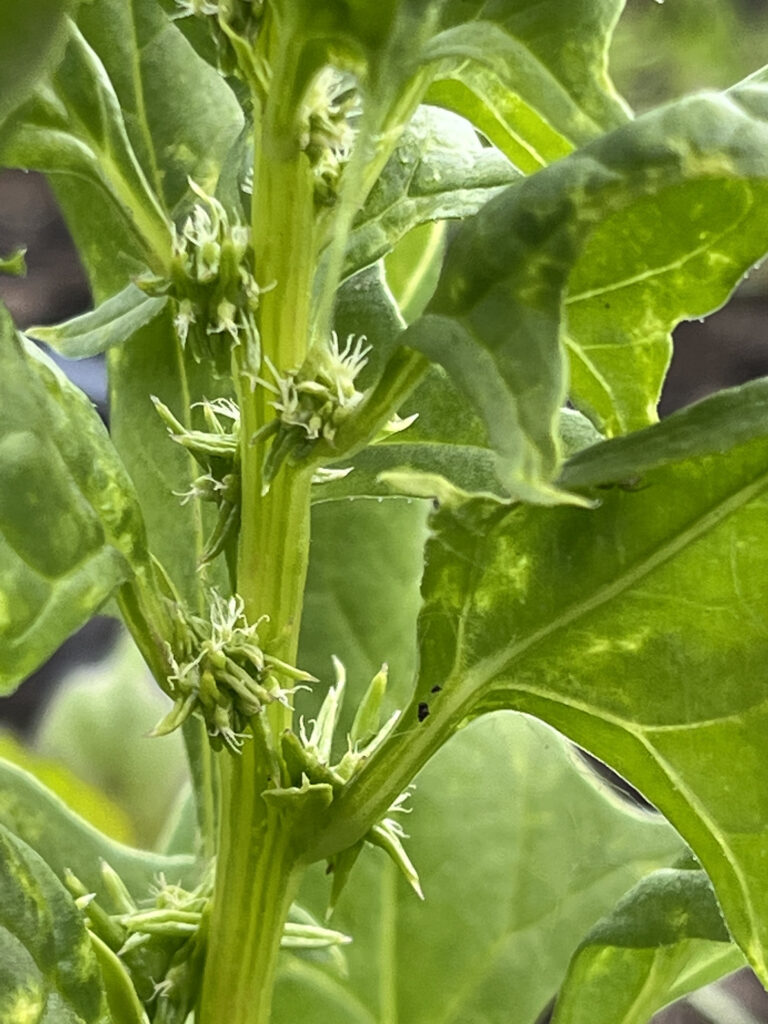
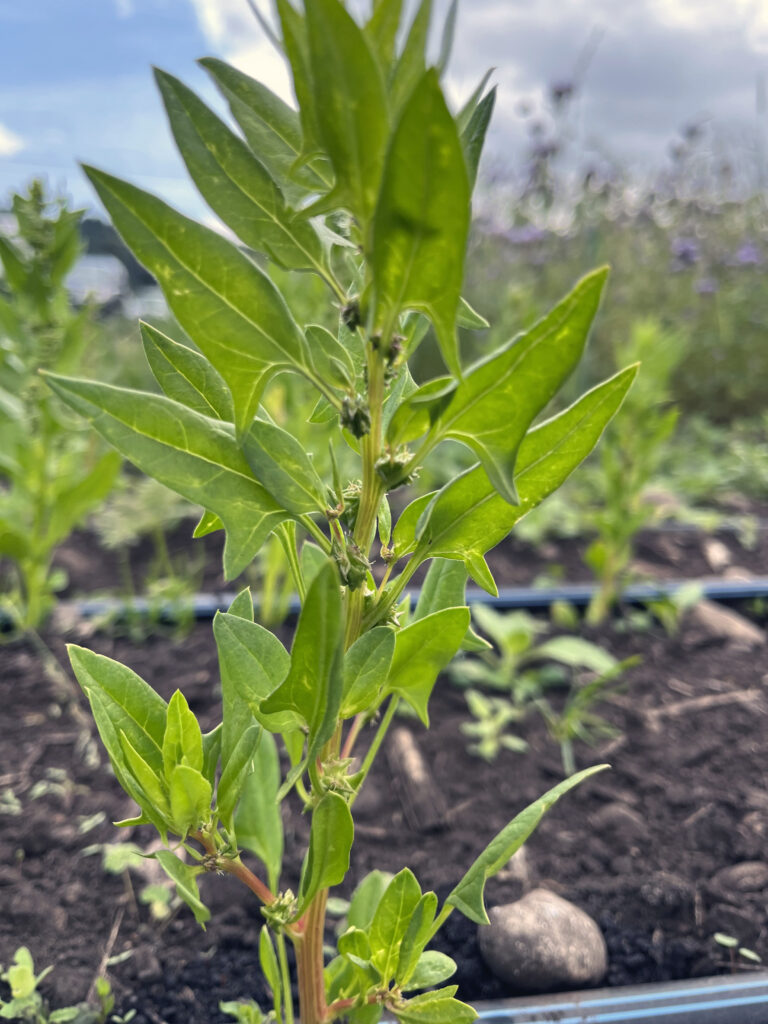
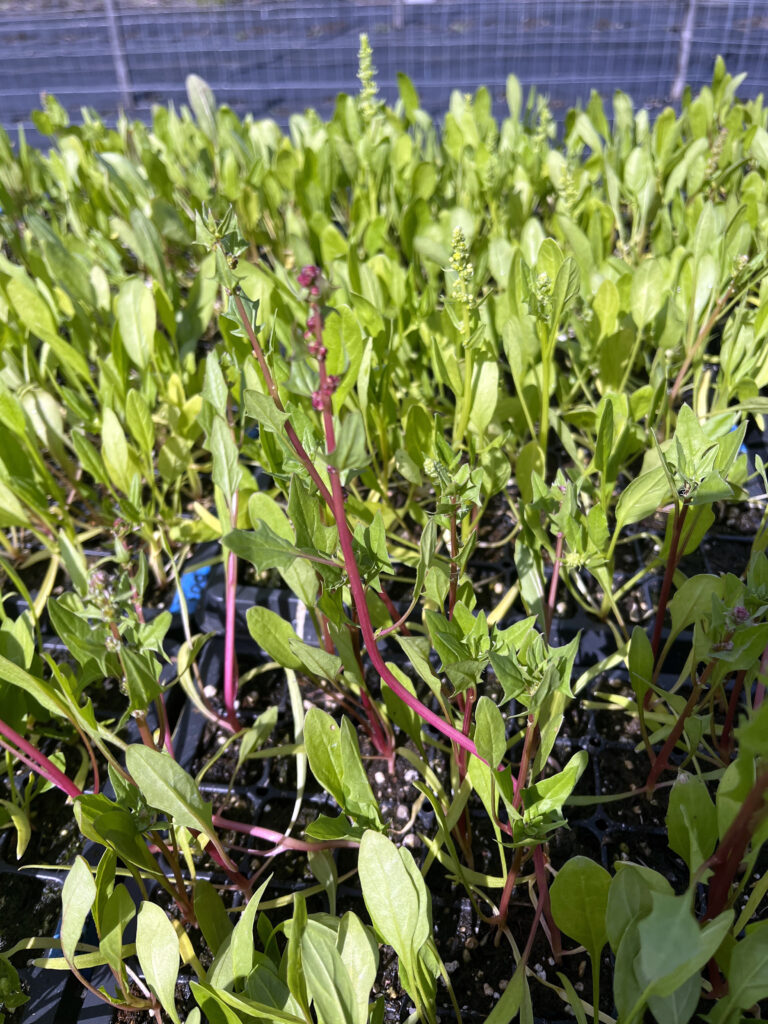
References
van der Vossen, H. A. M. (2016) Spinacea oleracea. Plant Resources of Southeast Asia. https://uses.plantnet-project.org/en/Spinacia_oleracea_(PROSEA). (accessed June 16, 2023).